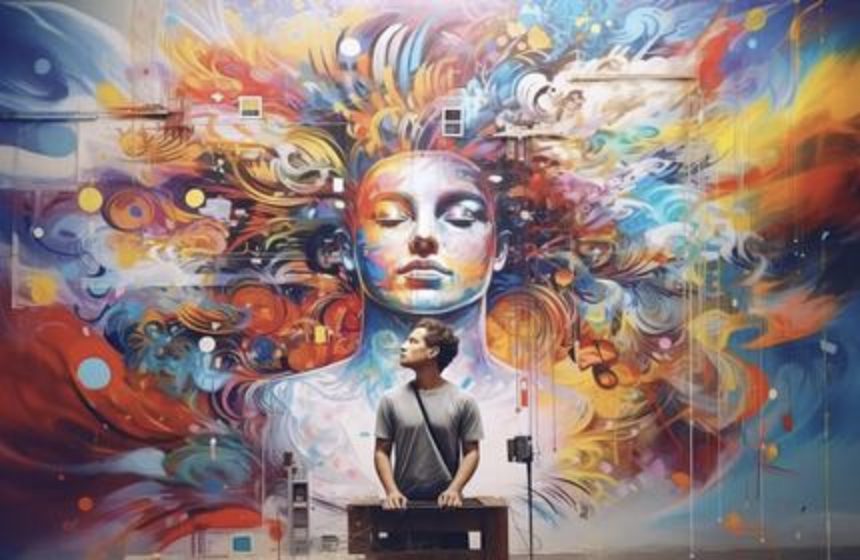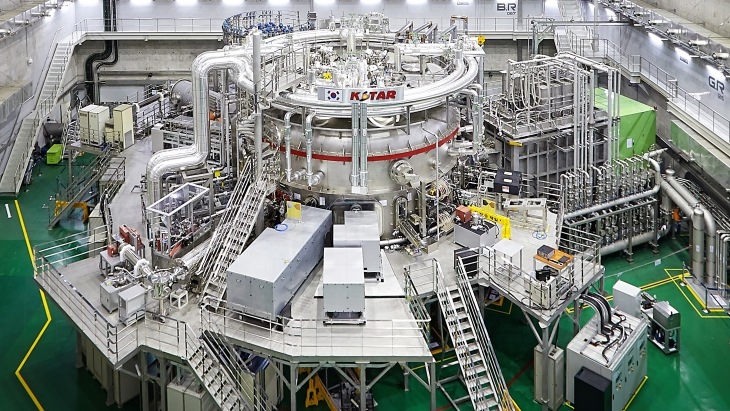NFT: From Art to Utility Evolution
Not too long ago, NFTs were primarily associated with digital artwork—vibrant profile images and headlines showcasing million-dollar auctions. Nowadays, they have subtly transformed into instruments that provide genuine value in the physical realm, capturing the interest of selective affluent individuals who recognize practical benefits beyond the buzz.

The Art Foundation: More Than Just Visual Appeal
Initial NFT art went beyond mere visuals; it represented the first exploration of digital scarcity. Enthusiasts did not merely acquire images—they obtained provenance, a digital identity that addressed the long-standing challenge of art forgery. This initial confidence allowed NFTs to grow outside of galleries, as purchasers began to appreciate the technology's capability to authenticate any distinctive asset.
Real Estate: Digital Titles, Actual Property
High-end real estate has adopted NFTs as something beyond mere promotional tactics. In cities such as Dubai and Miami, developers are now presenting NFT-based titles for luxury apartments and villas. These digital ownership records enhance transfer processes (reducing timelines from weeks to just days) and connect with smart home technologies—owners can use their NFTs to open doors, modify security configurations, or rapidly lease properties through blockchain services.

Exclusive Memberships: Beyond Traditional Access Cards
High-end clubs and personalized services are moving away from plastic membership cards in favor of NFT access. A prominent global yacht club, for instance, offers limited-edition NFTs that provide entry to exclusive marinas, customized travel experiences, and invitation-only gatherings. Unlike conventional memberships, these NFTs can be transferred (though seldom sold due to their uniqueness) and increase in worth as the club's network expands.
Wine & Collectibles: Authenticity at Your Fingertips
For aficionados of fine wine and rare collectibles, NFTs have become crucial. Upscale wineries are now linking NFTs to bottles of limited-run wine, logging information such as harvest times, barrel aging processes, and authenticity documentation on the blockchain. Likewise, auction houses employ NFTs for items like antique watches or rare stamps, affording buyers permanent, immutable verification of authenticity that is considerably harder to replicate compared to traditional paper certificates.

This combination of tangible opulence and online protection not only alleviates purchasers’ worries but also introduces a distinctive aspect of worth. Enthusiasts can now follow an object’s complete path—from the earth of a vineyard to the platform of an auction—with an effortless online verification, while wineries and merchants enhance credibility by providing clear, permanent evidence of their goods' authenticity.
Sustainable Luxury: Monitoring Ethical Sources
Environmentally conscious wealthy consumers demand clarity, and NFTs provide that. Luxury fashion labels like Stella McCartney leverage NFTs to trace the lifecycle of couture items—from sourcing organic materials to handcrafted production. These “sustainability NFTs” enable buyers to confirm ethical practices and even monitor the resale trajectory of garments, merging luxury consumption with ecological principles.
The Next Frontier: Cross-Platform Utility
The future involves interoperable NFTs—digital items that function seamlessly across various platforms. Picture an NFT that offers access to a luxury hotel chain, a private aviation service, and an elite retail loyalty program. This cohesive integration is already under development, with the potential to transform NFTs from niche collectibles into vital instruments for discerning lifestyles.
For those who can see beyond the surface, NFTs have progressed from mere art collectibles to fundamental aspects of a refined, interconnected way of living—where value is assessed not simply by rarity, but by practical convenience and exclusivity.
(Writer:Laurro)





